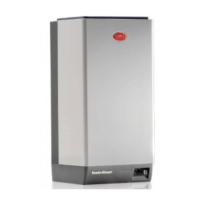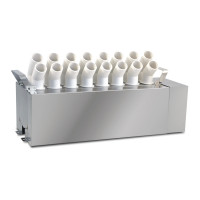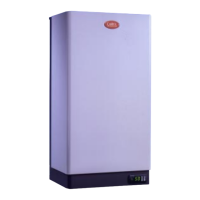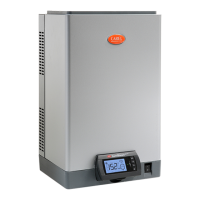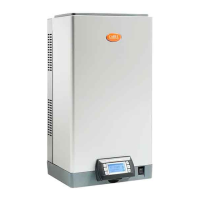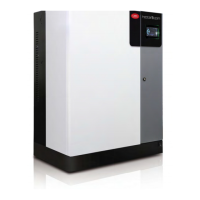10
ENG
“compactsteam” +0300092IE - rel. 1.2 - 14.01.2021
Cylinder service life and water characteristics
The characteristics of the water, which vary greatly depending on the
location, profoundly aect the cylinder’s service life. The most important
characteristics are the amount of minerals dissolved in the water and
their chemical composition. For example, a high calcium and magnesium
bicarbonate content will cause fouling that leads to a rapid reduction in
cylinder service life. On the other hand, a considerable chloride content
in the water may cause corrosion, with possible electrical discharges
between the electrodes.
Cylinder service life and humidity load
The demand for humidity inuences the cylinder’s service life. In normal
systems, where the humidity load is correctly estimated, the humidier
will operate at maximum capacity only for brief, intermittent periods. In
this way, the water level inside the cylinder increases simply to make up
for the build-up of scale, and this helps maximise the cylinder’s service
life.
In some special installations where maximum steam production is
required at all times, cylinder service life is reduced, as the water level
is generally higher and therefore scale builds up more quickly on the
electrodes. It is therefore extremely important to correctly estimate the
capacity of the humidier in relation to the required humidity load.
Cylinder service life and maximum production
Another factor that inuences cylinder service life is the maximum steam
production that can be set on the unit. The higher the steam production,
the shorter the cylinder life, and vice-versa. Figure 1.c qualitatively shows
the ratio between maximum steam production and cylinder service life.
20%
100%
Fig. 1.a
Cylinder life
Maximum production

